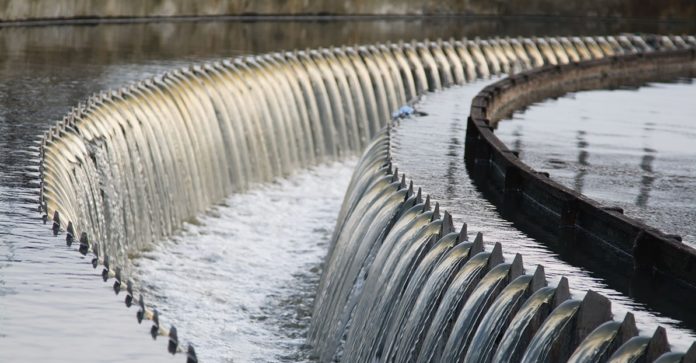Phosphorus is the key nutrient causing eutrophication in our lakes and rivers, so it’s vitally important that it is removed from wastewater as efficiently as possible. Because people tend to associate “bio” with sustainable, municipal operators may think that biological phosphorus removal must be more environmentally friendly than the chemical alternative. The story is more complex than that.
Significantly reduced phosphorus discharge
When it comes to removing phosphorus from wastewater, a key question to bear in mind is how effective the treatment is. While some municipalities may have developed well-intentioned policies to reduce chemical usage in favour of what they perceive to be more environmentally friendly “bio” alternatives, bio-phosphorus removal alone is not as effective as using a chemical option.
“A biological phosphorus removal process typically discharges one milligramme of phosphorus in every litre of water, and in many cases even more,” explains Bengt Hansen, Senior Specialist in Application Development at Kemira. “This is the maximum allowed by EU legislation for larger wastewater plants, but in many countries the limits are even more stringent – meaning that in those areas biological treatment alone is not an option. Chemical treatment, on the other hand, can reach discharge levels of around 0.2 mg/l and in many cases even below 0.1 mg/l.”
Energy efficiency
Chemical treatment is very energy-efficient, especially when chemical pretreatment is applied. The savings potential is up to 50% of the energy required in biological treatment, normally representing about 50% of the total energy consumption of a wastewater plant.
At the same time, biogas production for energy use can be doubled. “Biogas production will increase wherever chemical phosphorus removal takes place, with the best results occurring when it is used before biological treatment,” explains Bengt. “The biogas can then be used to power the plant, creating a circular economy, or sold to create carbon footprint-free electricity or biofuel, making a handy additional revenue source.”
Lower sludge handling costs
Biological phosphorus removal can require a higher polymer dosage than chemical treatment as it releases phosphorus to the sludge and makes it harder to dewater. In contrast, chemical phosphorus removal creates a higher dry solids content. It can also reduce maintenance costs by eliminating the risk of scaling in the sludge pipes. Depending on product selection, chemical treatment can also create less hydrogen sulphide – which leads to corrosion in cogeneration engines – and produce more valuable methane. And because of the ease with which chemicals can be controlled, the whole sludge dewatering process is more stable than when biological methods alone are used.
Maximum capacity from existing infrastructure
Wastewater treatment plants have a finite capacity and, in most areas, the populations they have to serve are growing. Municipalities are then faced with a simple choice – make expensive investments in extra capacity, or optimize the efficiency of their existing plants. Chemical pretreatment reduces the organic load from the process, which increases the existing capacity of the plant.
“The savings this can generate are considerable,” emphasizes Bengt. “In a recent example, a customer in Sweden expected to see the population it serves grow from 700,000 to 900,000. When evaluating the most suitable treatment technologies for the future plant, it was found that the investment for implementing chemical pretreatment was on the low end, while the most costly solution was up to eight times more expensive. The savings potential was more than 100 million euros.”
The future-proof choice
While acknowledging the invaluable role that biological processes play in wastewater treatment, from Bengt’s point of view, when it comes to phosphorus removal, the chemical option is a no-brainer. “Whether you’re looking from the perspective of optimizing the efficiency of existing capacity or meeting increasingly stringent environmental legislation, chemical phosphorus removal represents a future-proof choice.” Its effectiveness, energy efficiency, and biogas production potential make it a green, sustainable choice, he adds. “On top of all of this, it is cost-efficient and requires much lower investment than using biological treatment,” he concludes.
Want to know more? Don´t miss the webinar “Why combine biological and chemical wastewater treatment?”









